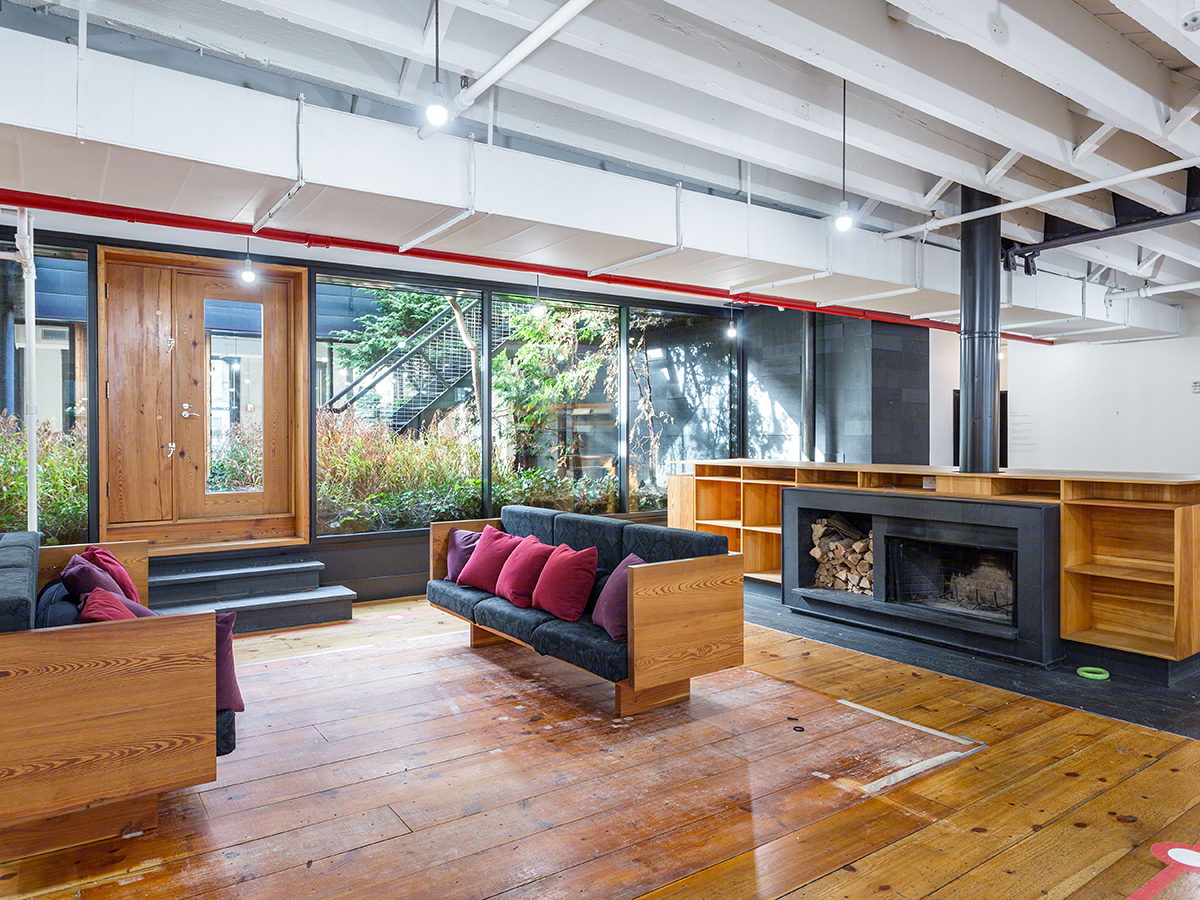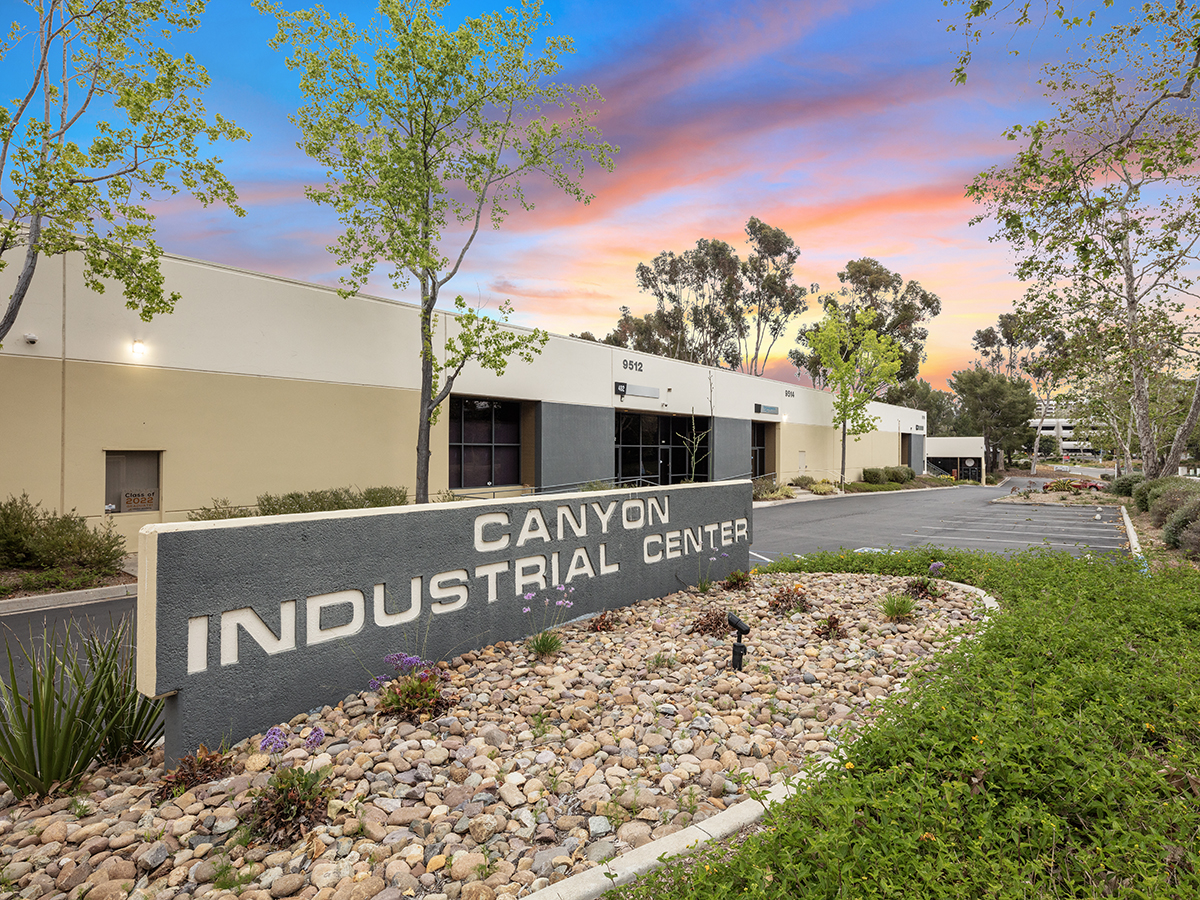Going Green Saves Cash
By Richard Parent, Gumbiner Savett Inc.
It is estimated that for the four-year period from 2009 to 2013, green building will support 7.9 million U.S. jobs and pump $554 million into the economy. By 2015, it's estimated that the green share of the largest non-residential retrofit and renovation will more than triple.
By Richard Parent, Executive Vice President, National Real Estate Practice, Gumbiner Savett Inc.
Transforming an existing structure or creating a “green” building is a movement that transforms the established practices in the design, construction and operations of built environments. The objective of “going green” is to mitigate the harmful environmental impacts of traditionally constructed and operated buildings, while creating a healthy and economically successful place for people to live, work and play.
According to the U.S. Green Building Council, buildings are responsible for 39 percent of CO2 emissions, 40 percent of energy consumption, 13 percent of water consumption and 15 percent of GDP annually, all of which makes going green a significantly financial and environmental opportunity. By using less energy, Leadership in Energy and Environmental Design certified buildings not only saves money for families and businesses, they contribute to a healthier place to live and work.
As noted by the US General Services Administration – Sustainable Design Program, “Sustainable design principles include the use of environmentally preferable products, water conservation, and optimize maintenance and operational practices.”
It is estimated that for the four-year period from 2009 to 2013, green building will support 7.9 million U.S. jobs and pump $554 million into the U.S. economy. The green market comprised 2 percent of non-residential construction in 2005; 12 percent in 2008, and grew between 28 percent and 35 percent in 2010. Existing building projects are expected to grow faster than new construction. By 2015, it’s estimated that the green share of the largest non-residential retrofit and renovation will more than triple. According to McGraw Hill Construction (2010) Green Outlook 2011: Green Trends Driving Growth, by 2015, an estimated 40 percent to 48 percent of new nonresidential construction by value will be green, equating to a $120 to $145 billion opportunity
Building green saves money. On average, an initial investment of 2 percent in green building design results in lifecycle savings of 20 percent of the total construction costs. The cost per square foot for buildings seeking LEED certification falls in line with those buildings seeking non-LEED certification. Green buildings that are for sale, are typically priced 10 percent higher per square foot than conventional buildings.
With the long-term environmental, cost saving and higher resale benefits of green building construction, coupled with current and pending legislation, it is no doubt growth will continue in this area.








You must be logged in to post a comment.